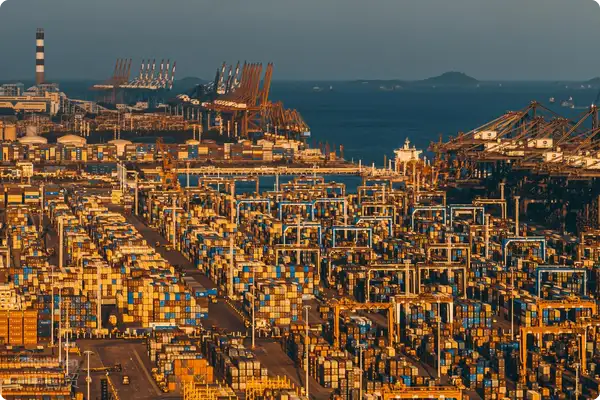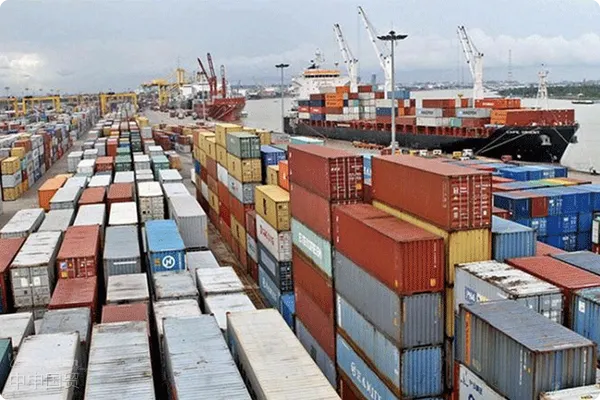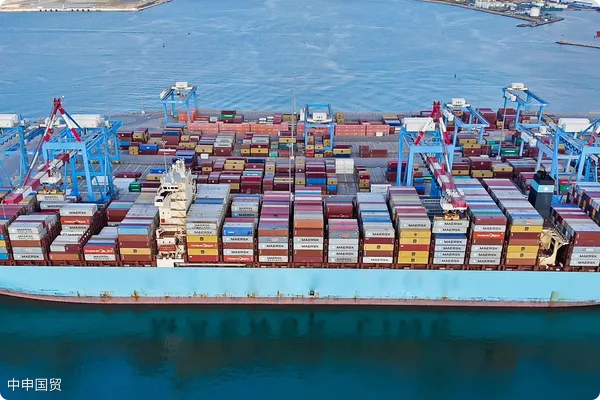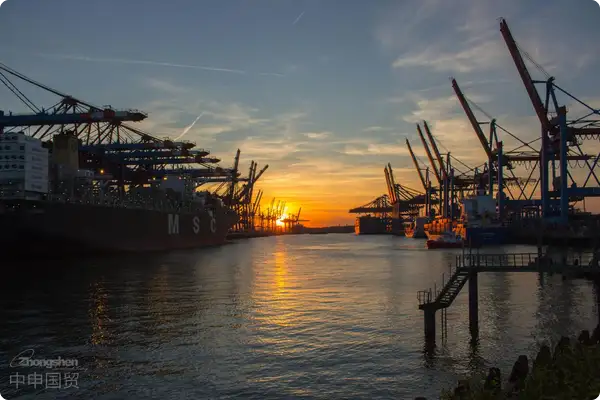- Shanghai Zhongshen International Trade Co., Ltd. - Two decades of trade agency expertise.
- Service Hotline: 139 1787 2118
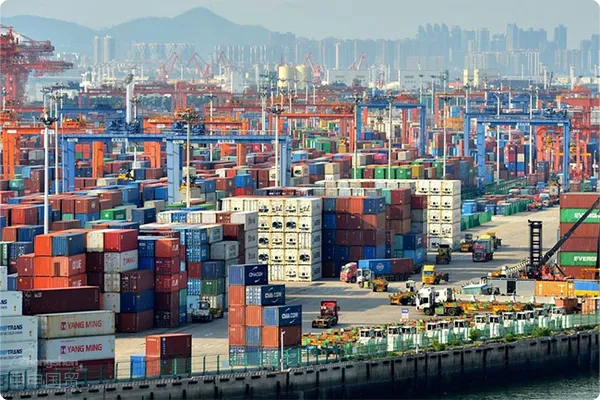
With increasing global economic interconnectivity, international trade agencies are playing an increasingly important role in facilitatingimport and exportbusiness operations. This article provides an in-depth analysis of international trade agency procedures, comprehensively explaining from three aspects: process overview, key links, and optimization strategies, aiming to provide valuable reference for enterprises and individuals engaged in international trade.
I. Overview of international trade agency import-export procedures
International trade agencies refer to professional organizations that represent clients in transactions, contract signing, and handling import-export procedures in international trade. The main procedures include:
1. Market research and product selection: Select suitable products for export or import based on market demand and competitive advantages.
2. Contract signing: Sign import-export contracts with clients to clarify rights and obligations of both parties.
3. Goods preparationPrepare goods according to contract requirements, including procurement, production, inspection, etc.
4. Customs Declaration and InspectionHandle customs clearance and inspection/quarantine procedures for import/export goods.
5. Cargo TransportationSelect appropriate transportation methods, such asMaritime Transportation,Air Transportation, land transport, etc., to deliver goods to the destination.
6. Payment and SettlementComplete payment and settlement of goods according to contract terms.
7. After - sales ServiceProvide post-sale technical support and consulting services for customers.
II. Key Process Analysis and Optimization Strategies
Market Research and Product Selection
Market research is crucial for successful international trade agency. Optimization strategies are as follows:
– Diversified Market Research: Focus on multiple global markets to identify potential clients and partners.
– Product Differentiation: Develop competitive products based on market demand.
– Establish Long - term Cooperative Relationships: Establish stable cooperative relationships with suppliers and clients to reduce transaction costs.
Customs Declaration and Inspection
Customs declaration and inspection are key processes in import/export. Optimization strategies are as follows:
– Familiarize with Laws and Regulations: Understand domestic and international import/export laws and regulations to ensure compliance.
– Optimize Customs Procedures: Establish good cooperative relationships with customs brokers to improve clearance efficiency.
– Select Quality Logistics: Choose reputable logistics companies to ensure safe and timely delivery of goods.
Goods Transportation
Goods transportation is a key factor affecting import/export costs and timeliness. Optimization strategies are as follows:
– Multimodal transportation: Select appropriate transportation methods based on cargo characteristics and shipping requirements, such as sea freight, air freight, land transport, etc.
– Optimize Warehouse Management: Reasonably plan warehouse space to improve cargo turnover efficiency.
– Risk Control: Pay attention toInternational Logisticsrisks, such as political risks, exchange rate risks, etc., and formulate corresponding countermeasures.
Conclusion
The international trade agency import and export process involves multiple steps, each of which is crucial. By gaining an in-depth understanding of the process and optimizing strategies, costs can be reduced and efficiency improved, contributing to the development of Chinas international trade. In the future, with the acceleration of global economic integration, international trade agencies will play an even more important role.
Related Recommendations
? 2025. All Rights Reserved. Shanghai ICP No. 2023007705-2  PSB Record: Shanghai No.31011502009912
PSB Record: Shanghai No.31011502009912
